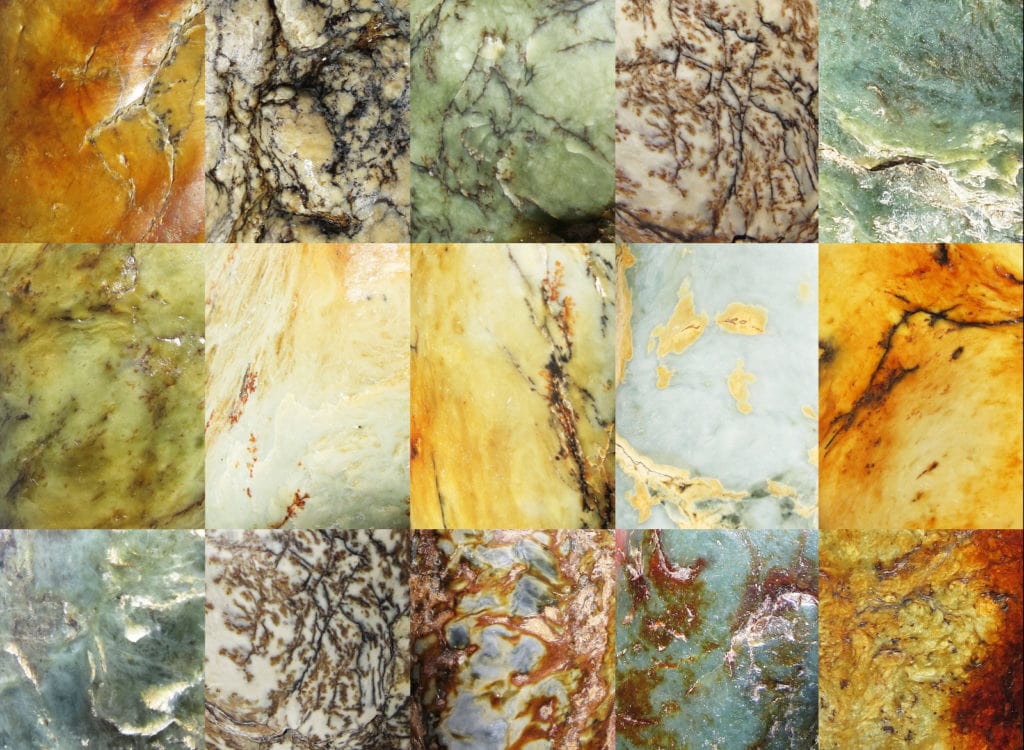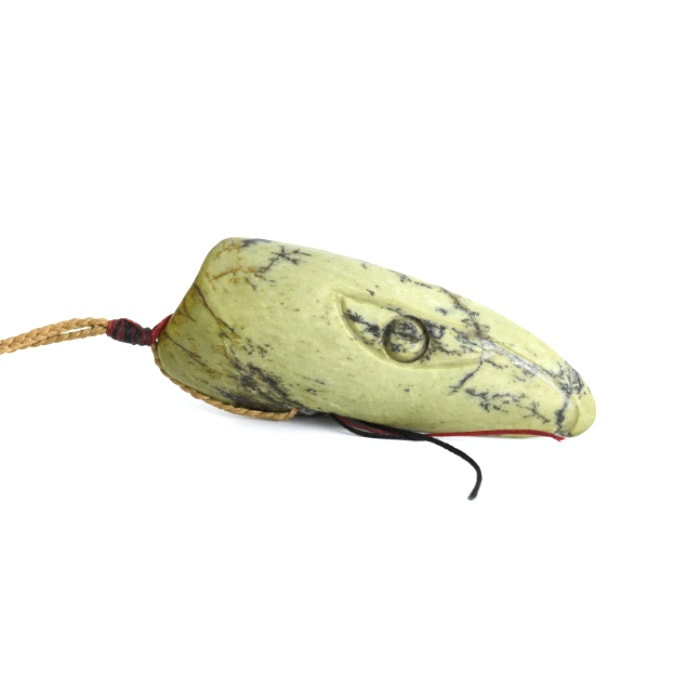I had an interesting conversation with a lovely lady the other day who had been looking through our website. It just so happened that this lady is also an astute businesswoman, savvy to the world of SEO’s, google analytics, pack rankings and all those other words that make my head spin. And so, after looking through our website, she informed me,
“you need to use more words like greenstone necklace and NZ Jade jewellery on your website. It would help increase your google search results. Why don’t you use the words greenstone or Jade more often on your website?”
And quite right she is. It would. And I have just used those words, numerous times, hello google keyword rankings!
All flippancy aside this question is, however, something we have been asked before, and I believe that our answer is intrinsic to what Taonga By Timoti is all about. So I wanted to take a minute to share with you what I shared with this lady, and explain why we don’t use the words greenstone jewellery or Jade jewellery to describe our pounamu jewellery.
The backstory – Taonga By Timoti is a calling
For Tim, this work of carving pounamu is a calling. A calling that began with his dream of the taniwha. A dream that led our whole whanau on an incredible journey into te ao Māori.
As our whanau have followed the call of the pounamu, we have found ourselves immersed in the stories of Tim’s tupuna, tikanga Māori, marae life and learning te reo Māori together.
As our knowledge grows we find ourselves meeting others who want to learn about te ao Māori with us. Somewhere along the way, as we have shared ideas, concepts and knowledge with new friends, it dawned on us, the pounamu is a wonderful doorway to teach others about the world from a Māori perspective. To teach the values of manaakitanga(hospitality) and kaitiakitanga, to teach of mana, wairua and tikanga.
For us, the pounamu is a waka, a vehicle for teaching, for learning and for connecting with others who want to dive into the world of Māori.
So why don’t we use the words greenstone or jade?
We see our website as another opportunity for connection and for teaching and this is why you won’t see us using the words greenstone or Jade on our website. Let me outline our reasons for you;
*Greenstone and Jade are not words Tim’s tupuna would have used to describe the stone Tim is working with today. They are also not terms the scientific community would use to describe the stone Tim works with.
*The term greenstone was famously first used by Captain Cook to describe the ‘green stone’ he saw Māori wearing and working when he arrived in Aotearoa in 1769. Captain Cook was simply describing the colour of the stone as he saw it. The name greenstone does not take into account the infinite variety of colour and mineral differences inherent in pounamu or the cultural significance of the stone for Māori. Incidentally, and incredibly, Captain Cooks first landing here was right on Tim’s whenua, where he would have engaged with Tim’s tupuna, at Uawa(Tolaga Bay)!
*The term Jade is confusing as it is commonly used to describe both Nephrite and Jadeite. To the untrained eye, Nephrite and Jadeite look and feel very similar and can be easily confused. However, Nephrite and Jadeite are, in fact, two completely different minerals.
Jadeite is found in Myanmar, Kazakhstan, Russia, Japan, USA, Canada and Guatemala. We do not have Jadeite here in Aotearoa.
Nephrite is found here in Aotearoa. Nephrite is in the Jade family, it is sometimes referred to as NZ Jade. Nephrite is a type of pounamu. Nephrite is not the only type of pounamu.
*And finally, we have the word pounamu. Pounamu is the collective word used to describe the various types of Nephrite, Bowenite and Serpentinite that Tim is working with today. Amongst other descriptive terms, pounamu is the word Tim’s tupuna would have used.
Māori were very aware of the different types of stone, its strength, weaknesses, ideal uses and infinite variety of colour. They had various names for the different types of pounamu. These names usually described the different colours of the stone, such as Kokopu named after the native fish of cream colouring, or clear Kahurangi which literally means ‘clear skies’. These names give us some understanding of the things that were integral to Māori life.
What’s in a name?
In our efforts to stay true to the traditions of whakairo pounamu, and geological science, and as a means of introducing others to an understanding of pounamu from a Māori perspective, we chose to use the names that Tim’s tupuna would have used to describe the stone. We chose to use the names that connect the taonga with the stories and traditions of the past. We chose to use the names that give us a greater understanding of te ao Māori. We chose to use the names that connect the taonga with the whenua(land) that it comes from.
We see our website as another vehicle for passing on the knowledge that we are learning. We hope that by sticking to traditional names, despite good marketing advice to the contrary, we will spark a desire in others for more knowledge and understanding of indigenous cultures and languages. We hope we will hear more people using the traditional names for the taonga. Ultimately we hope that people will be excited by the learning that has excited us too, and that we may aid others on their learning journey.
If you have anything you’d like to add or correct or teach us, we are always interested in expanding our knowledge and understanding of the world around us and te ao pounamu.



Wow! Absolutely beautiful e te whānau .
I just stumbled across your page on insta and wanted to see what your all about. I throughly enjoyed reading this and felt connected to you instantly. What a time to be Māori! Ngā mihi nui mō tēnei kaupapa xx
Kia ora Dee and ngā mihi nui ki a koe! Indeed, what a time to be Māori, its exciting and liberating. So glad you enjoyed the read. We plan on bringing you a lot more of the same!
Thank you for enlightening me with your korero around our precious taonga and its names and where they come from. I absolutely love how you stay tuturu to your tupuna and retaining the connection of pounamu to our whenua and vice versa. Warms my heart to know there are still so many traditions and stories being upheld by our people in this ever changing world.
Arohanui Helen
Kia Ora Helen, thank you for reading and letting us know your thoughts. We love to continue learning and growing with the pounamu, and we are very blessed to be able to share that learning with others.
Great read. I am a school teacher planning a inquiry around pounamu. Do you know any myths and or legends around pounamu and its history?
Kia ora Daniel, thanks for reading. We do know some purakau around pounamu, āe. We are planning on sharing PounamuD creation story via video some time soon.
Kia Ora,
Just wanted to say this was beautifully written. It’s important information that supports distinction, significance and provides perspective , all very much needed more and more these days.
Kei runga noa atu koe
Ngā mihi Tegan, we appreciate your support and appreciation of the post.
Nicely We surely enjoyed reading it. This particular suggestion provided by you is quite useful for correct preparing.
Glad we can help Bill.